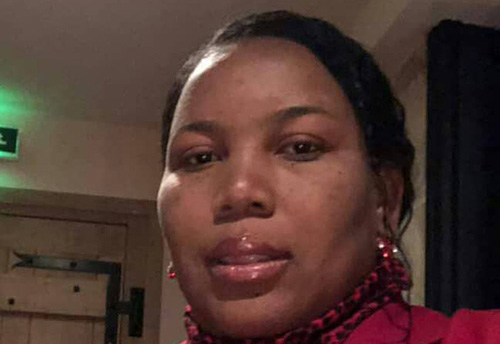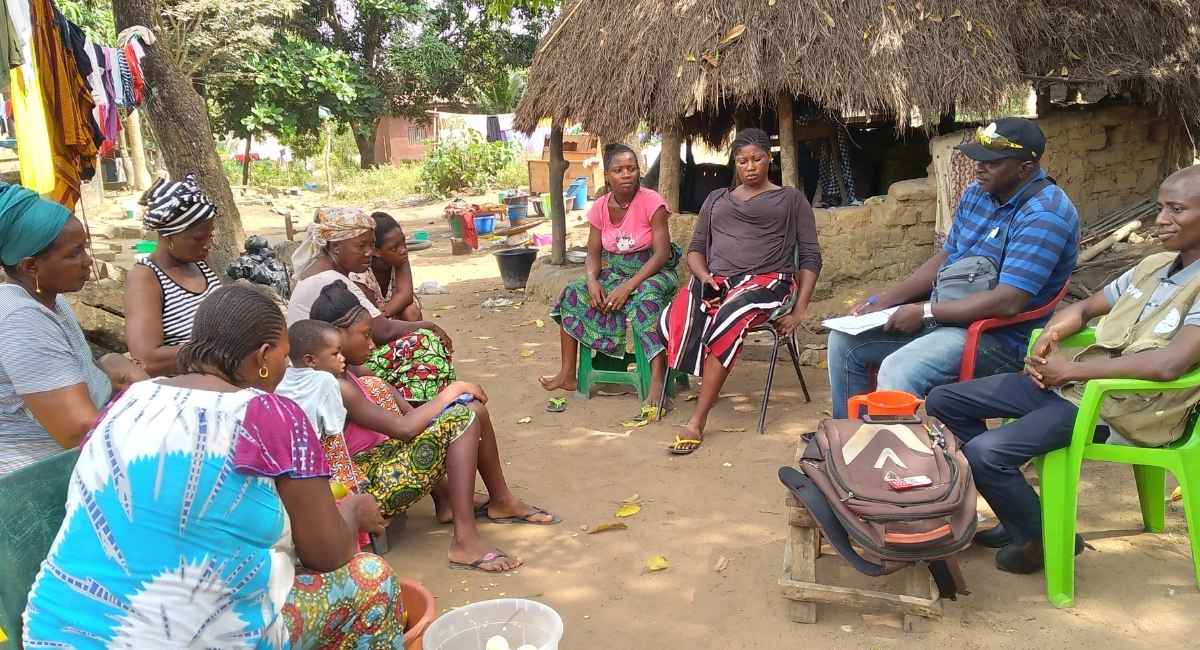Sherley Olivier is coordinator of the Turgeau communal district administrative council (Casec). With 500,000 inhabitants, Turgeau is the most densely populated district of Port-au-Prince. Since 2017, together with Casec, GRET has been conducting the Pascal-DT project, which supports civil society and the local authority to develop the commune. Upstream of urban developments conducted in neighbourhoods, considerable work was carried out on participative territorial planning, which led to the Turgeau communal district Development plan. GRET asked the local authority’s representative to describe the role played by this Development plan in her daily work.
Why did you take a participative approach when drawing up the Communal district Development plan (CDDP)?
The CDDP was designed in a participative manner, i.e. all stakeholders in the territory were involved in drawing it up. In this way, community leaders, representatives from civil society organisations, local authorities and representatives from state institutions came together to discuss the strengths and weaknesses of their territory and discuss communal district issues. This involvement of inhabitants is very important, because it enables more accurate identification of what exists, makes it possible to discern problems faced by the community and to define priorities in terms of territorial development and urban planning. In addition, the various territorial stakeholders involved in this work had the impression they were participating in the improvement of the population’s living conditions and feel valued.
Nevertheless, the majority of participants focused mainly on infrastructure needs (stairs, access roads, public spaces, water reservoirs), whereas the communal district is confronted with significant environmental issues such as deforestation, risks of landslides and flooding in gullies, lack of waste management, etc. This issue is an obvious priority, but the population is not very aware of environmental challenges, which is problematic. The communal district, which is already highly urbanised, is continually subjected to substantial urban pressure in the upper areas of Morne l’Hôpital, leading to gradual deforestation of this mountain chain, despite the fact that it is “protected”, and aggravating vulnerabilities in the territory. But stakeholders are not conscious of these problems and did not highlight them during the participative work on the CDDP. Perhaps this demonstrates the limits of the participative approach?
How has this plan changed your way of working?
Before becoming coordinator of Casec, I had already been working as a community coordinator conducting local actions, but without a specific intervention framework and with less precautions. Now, thanks to the Pascal-DT project, I have acquired an overall vision of the territory and I have the privilege of having a plan that enables me to steer actions in the district; it’s a road map to be followed. So, when an institution wants to work in the area, this plan gives me the capacity to rationally discuss matters with supporting data. This plan enables me to have a certain level of assurance in my function, it protects us vis-a-vis other bodies that may want to act without prior reflection. Thanks to the CDDP, I can say what it is possible to do and what it is not possible to do. The plan has substantially changed the way I function as a coordinator and the manner in which the district management board functions as an institution. Lastly, it must be said that the plan is considered as a vital working and negotiating tool for the development of the district.
How do you envisage implementing this plan?
The communal district development plan is already being used as part of the Pascal-DT project, particularly in the implementation of short-term actions led by community associations via the support fund. Each development project proposed by civil society organisations (CSOs) was analysed by Casec in light of the CDDP priorities. Then the projects were submitted to a selection committee that validates proposals according to the guidelines included in a call for proposals, which is issued from the CDDP.
To continue implementing the CDDP after the Pascal-DT project, we are counting on support from the ministry of the Interior, which is our supervisory ministry. We are also counting on GRET to support Casec to implement the CDDP, support implementation of developments over the short term by CSOs and support the search for funding to implement actions over the long term.
The Pascal-DT project is implemented thanks to funding from the European Union (EU) and Agence française de développement (AFD). The content of this article is the sole responsibility of GRET and does not necessarily reflect the opinions of the EU or AFD.





